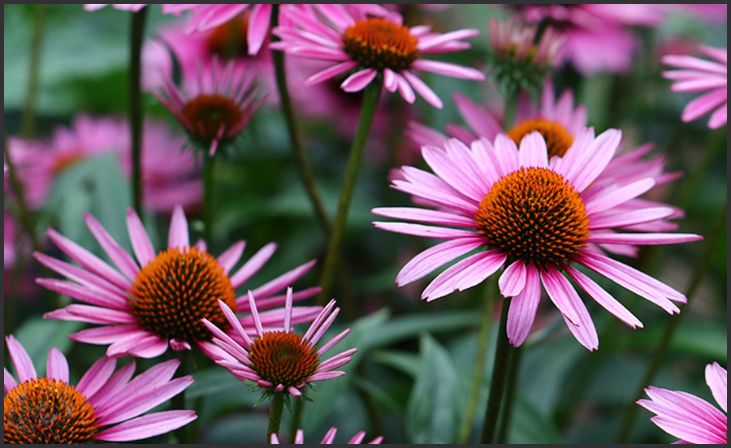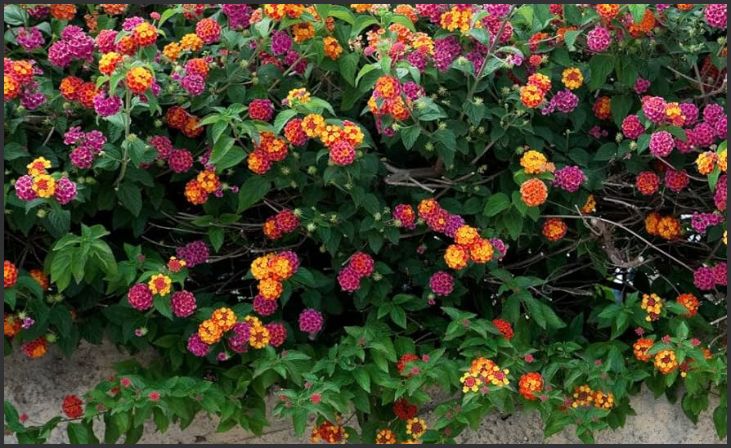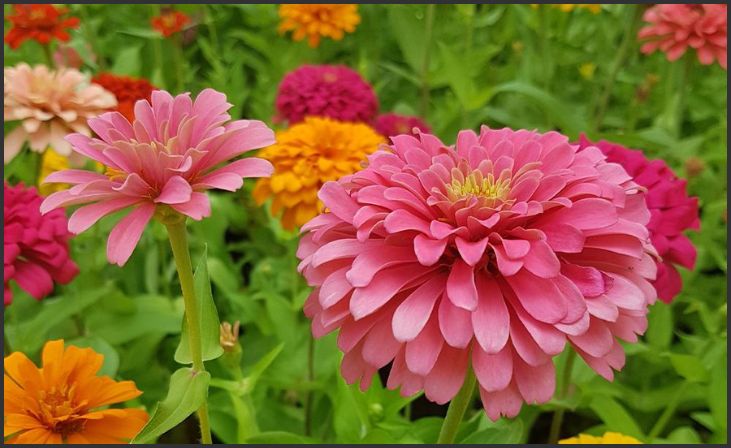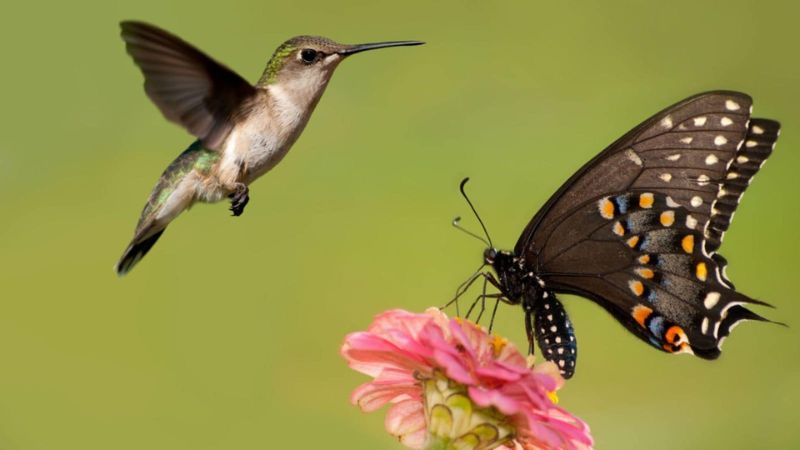Creating a garden that attracts butterflies and hummingbirds not only enhances the beauty of your outdoor space but also supports local ecosystems by providing essential nectar sources for these pollinators. Long-blooming flowers are particularly effective in this role, as they offer a consistent supply of nectar throughout the growing season. In this blog, we will explore seven exceptional long-blooming flowers that are sure to draw butterflies and hummingbirds to your garden, ensuring a vibrant and lively environment from spring to fall. Whether you’re an experienced gardener or just starting out, these plants are easy to grow and will make your garden a haven for these enchanting creatures.
1. Butterfly Bush (Buddleja)
The Butterfly Bush is a standout choice for attracting both butterflies and hummingbirds. Known for its long, spiky clusters of flowers, this plant blooms from summer to fall, providing a continuous source of nectar. Its vibrant colors—ranging from deep purple to bright pink and white—act like a magnet for these pollinators. Additionally, the Butterfly Bush is relatively easy to care for, requiring well-drained soil and plenty of sunlight to thrive.
2. Coneflower (Echinacea)

Coneflowers are a beloved perennial that blooms from early summer into the fall. Their large, daisy-like flowers are not only striking in appearance but also highly attractive to butterflies and hummingbirds. Available in a variety of colors such as purple, pink, yellow, and white, Coneflowers are hardy plants that tolerate drought and poor soil conditions. They are an excellent choice for creating a vibrant, pollinator-friendly garden.
3. Salvia
Salvia, or sage, offers an array of species that bloom profusely from late spring to fall. The tubular flowers of Salvia are particularly favored by hummingbirds due to their shape, which is perfect for their long beaks. Butterflies are also drawn to the bright, nectar-rich blooms. Salvia comes in many colors, including blue, red, purple, and white, and is known for being drought-resistant and easy to grow in sunny spots.
4. Lantana

Lantana is a versatile, long-blooming plant that produces clusters of small, brightly colored flowers from spring until the first frost. The colors of Lantana flowers often change as they mature, providing a dynamic display that appeals to butterflies and hummingbirds. This plant thrives in hot, sunny environments and is drought-tolerant once established. Its ability to bloom continuously makes it a staple in any garden designed to attract pollinators.
5. Bee Balm (Monarda)
Bee Balm is a fragrant perennial that blooms from mid-summer to early fall. Its unique, tubular flowers come in shades of red, pink, purple, and white, and are a favorite of both hummingbirds and butterflies. In addition to its aesthetic and pollinator-attracting benefits, Bee Balm also has medicinal properties and can be used to make tea. It prefers moist, well-drained soil and full sun to partial shade.
6. Zinnia

Zinnias are annuals that bloom from late spring until the first frost, making them one of the longest-blooming flowers. Their bright, varied colors and easy-growing nature make them a favorite among gardeners. Zinnias’ open-faced flowers are perfect landing pads for butterflies, and their abundant nectar attracts hummingbirds. They thrive in full sun and are highly resistant to drought, adding both beauty and resilience to any garden.
7. Heliotrope
Heliotrope is a fragrant annual that produces clusters of tiny, star-shaped flowers in shades of purple, blue, and white. Blooming from late spring through fall, Heliotrope is particularly attractive to butterflies and hummingbirds due to its sweet scent and abundant nectar. It prefers full sun to partial shade and well-drained soil. Heliotrope can also be grown in containers, making it a versatile addition to any garden or patio space.
By incorporating these seven long-blooming flowers into your garden, you can create a vibrant, inviting habitat for butterflies and hummingbirds throughout the growing season. Each of these plants offers unique benefits and beauty, ensuring that your garden remains a lively, colorful haven for pollinators.

